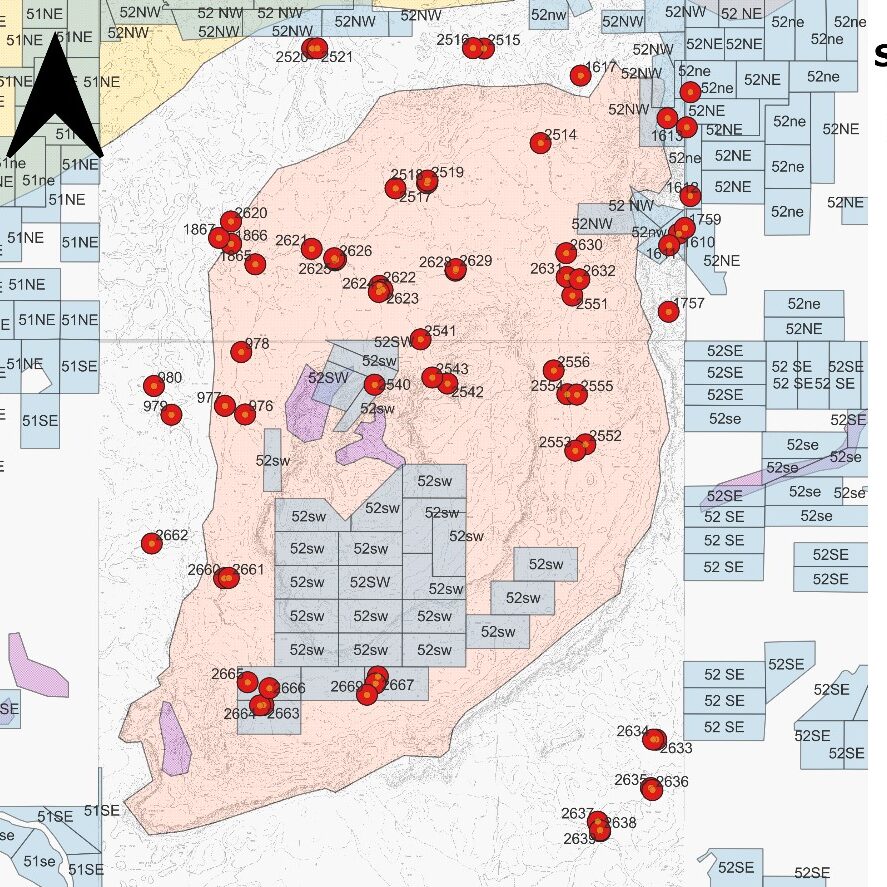20
Course Description The Introduction to Geographic Information System (GIS) course provides participants with a solid foundation in utilizing QGIS, an …
Course Description
The Introduction to Geographic Information System (GIS) course provides participants with a solid foundation in utilizing QGIS, an open-source software for geospatial data analysis and mapping. This course is designed for individuals seeking to develop essential skills in GIS and explore the capabilities of QGIS in managing, analyzing, and visualizing geospatial data. Through a combination of theoretical instruction and hands-on exercises, participants will be introduced to the fundamental concepts of GIS, learn about the features and functionalities of QGIS, and gain practical skills in data management, spatial analysis, and map creation.
Unit Description
- Unit 1: Introduction to QGIS
This unit provides a basic introduction to concepts about GIS and QGIS. Participants will
learn about QGIS and its characteristics and begin using the software. - Unit 2: QGIS Tools
This unit introduces participants to the general tools available in QGIS, along with the
basic QGIS Configuration. Additionally, participants will utilise the QGIS Browser and
work with projections. - Unit 3: Vector Data Management & Tables
This unit deals with the usage of vector data. Participants will be exposed to a basic
introduction to vector type data, vector data visualisation, editing data and tables. By the
end of this unit, participants will have a foundation for working with vector data. - Unit 4: Working With Raster Data
This unit deals with the usage of raster-type data. Participants will learn to display raster
data and work with other images in QGIS. - Unit 5: QGIS Plugins
This unit focused on providing a foundation of various plugins available in QGIS. By the
end of this unit, participants will learn about the description of plugins incorporated in
QGIS and the operations that can be done through plugins. - Unit 6: Basic Spatial Analysis
This unit uses essential geoprocessing tools for vector analysis, generating sample grids
and performing multicriterial analyses. - Unit 7: Create Maps
This unit provides a foundation for creating basic maps in QGIS. Participants will be
exposed to creation tools, graphic elements and graphic output creations for usage.
General Purpose
- To help participants create maps using vector and raster data.
- To help participants download waypoints from handheld GPS devices to QGIS.
- To help participants upload points from QGIS to handheld GPS devices.
The conditions required to be able to sit the final exam are:
- Attendance must be 75%.
- All assignments MUST be submitted.
- Assignments will NOT be marked if submitted more than seven (7) days after the
deadline.
Assessments
The assessments will follow more of a Competency-Based Education (CBE) format,
which requires a more hands-on approach. As such, the practical and written assessments
will be conducted for a unit of this course.
Each unit will be treated individually and consist of practical and written assessments.
Mode of Delivery
The course will be delivered in person. The delivery method to be used will be communicated
before the commencement of the course.

